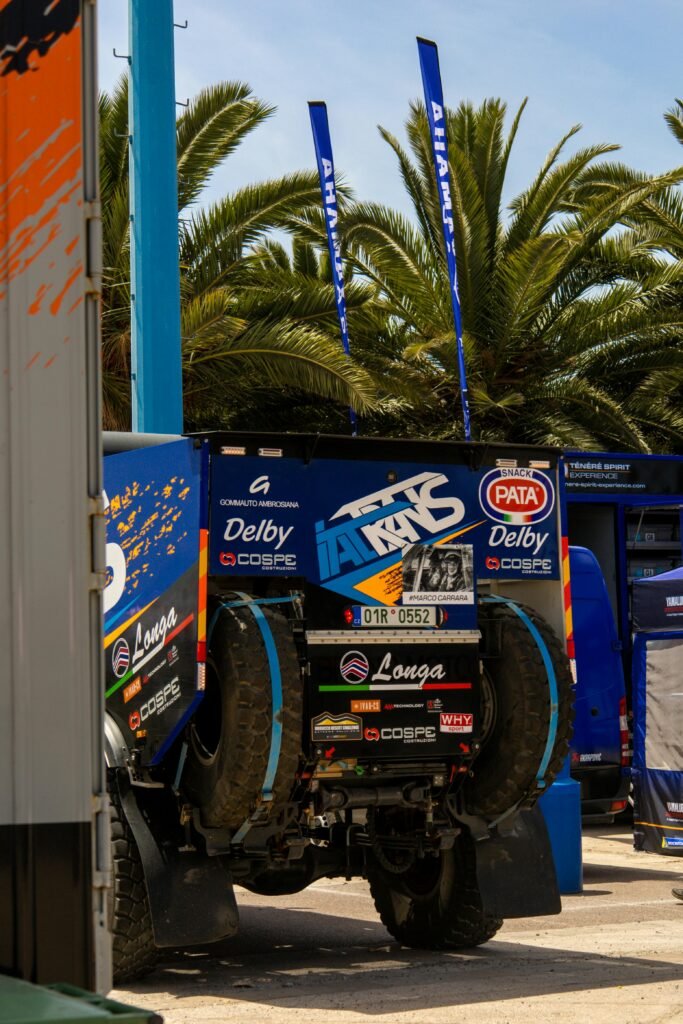Welcome to your comprehensive guide on identifying toxic mushrooms. Imagine stepping into a lush, green forest, eager to forage, only to confront the dilemma of distinguishing safe mushrooms from potentially dangerous ones. In “How Do You Identify A Toxic Mushroom?”, you’ll uncover practical tips and essential knowledge to safely navigate the world of mushroom foraging. From recognizing telltale signs like distinct color patterns and unusual odors to understanding the importance of spore prints, this friendly guide empowers you with the tools needed to make informed and safe choices.
How Do You Identify A Toxic Mushroom?
Have you ever wondered while foraging in the woods, “How do you identify a toxic mushroom?” Well, you’re not alone! Many people, whether avid mushroom hunters or casual wanderers, share this curiosity. Mushrooms can be as fascinating as they are dangerous, and knowing how to spot a toxic one can be a lifesaver—literally. So, let’s dive in and explore the telltale signs that can help you distinguish a dangerous mushroom from a safe one.

Why Is It Important to Identify Toxic Mushrooms?
Understanding why it’s crucial to identify toxic mushrooms can really drive home the importance of this skill. Mushrooms are used in cooking, medicinal applications, and even cultural rituals. However, some mushrooms contain toxins that can be harmful or even fatal to humans. Knowing how to identify these can prevent serious illness and death.
Familiarize Yourself with Common Toxic Mushrooms
First and foremost, get to know the usual suspects. There are certain mushrooms that are notoriously toxic and spotting these can be incredibly helpful. The most infamous toxic mushrooms include:
Amanita Phalloides (Death Cap)
The Death Cap is responsible for the majority of mushroom poisoning fatalities worldwide. It has a green or yellowish cap and white gills with a volva at the base. Remember, even small amounts can be lethal.
Amanita Muscaria (Fly Agaric)
This mushroom is easy to recognize with its bright red cap speckled with white dots. While not usually lethal, it can cause severe hallucinations and other psychoactive effects.
Galerina Marginata
Commonly mistaken for edible mushrooms, this species can be deadly. It features a brown cap and gills with a characteristic ring on the stalk.
Gyromitra esculenta (False Morel)
The False Morel is often mistaken for true morels, which are edible. However, this mushroom contains hydrazine toxins and can cause serious illness—or worse.
Conocybe filaris
This mushroom may look harmless but contains the same toxins as the Death Cap. It has a tawny brown cap and is often found on lawns and gardens.
Recognizing the Telltale Signs
Learning about specific toxic species is helpful, but what about those mushrooms not on our notorious list? Several general characteristics can help you determine if a mushroom might be toxic.
Cap Features
The cap of the mushroom can be a significant indicator. Look for:
- Color Changes: Be suspicious of bright colors, especially reds and yellows.
- Sliminess: Some toxic mushrooms have wet, slimy caps.
- Warts or Patches: The presence of warts or patches on the cap, like those on the Amanita Muscaria, can be a red flag.
| Feature | Description |
|---|---|
| Color | Vivid colors like red, orange, or yellow can be a warning. |
| Surface Texture | Slippery or slimy texture often indicates toxicity. |
| Distinguishing Marks | Warts, scales, or patches may signal danger. |
Gills
Inspect the gills under the cap carefully.
- Color: White gills can sometimes be an indicator of toxicity, but not always.
- Attachment: How the gills are attached to the stem can offer clues. Some toxic mushrooms have gills that are free from the stem.
| Feature | Description |
|---|---|
| Color | White or brightly colored gills need careful evaluation. |
| Attachment | Gills free from the stem can be a warning sign. |
Stalk and Base
The stalk and base of the mushroom can reveal crucial details.
- Volva: A bulbous base (volva) could indicate dangerous Amanita species.
- Ring: The presence of a ring (annulus) around the stalk might also be an indicator of toxicity.
| Feature | Description |
|---|---|
| Base | A volva or bulbous base is often a sign of dangerous types. |
| Ring | Presence of a ring or annulus around the stalk can be a red flag. |
Toxicity Tests and Myths
There are several traditional tests and myths for identifying mushrooms, but they are not reliable. Here’s a quick breakdown:
The Silver Spoon Test
The myth suggests that a silver spoon will tarnish when cooked with toxic mushrooms. Science does not support this, so steer clear of relying on this method.
Insect and Animal Feasting
Some believe that if animals or insects are eating the mushroom, it’s safe for humans. This is dangerously misleading, as many species have different tolerances to mushroom toxins.
Peel Test
Some people think that if you can peel the cap, the mushroom is edible. This is not a dependable test either.
Here’s a table recapping some of these myths:
| Test | Description | Reliability |
|---|---|---|
| Silver Spoon | Tarnishes when cooked with toxic mushrooms | False |
| Insect/Animal | Safe for humans if consumed by animals | False |
| Peel Test | If you can peel the cap, it’s edible | False |

Expert Consultation and Resources
When in doubt, always consult with an expert. Mycologists (mushroom scientists) have dedicated years to studying fungi. Here are some resources where you can seek expert advice:
- Local Mycological Societies: Many areas have clubs or societies dedicated to the study of fungi.
- University Extension Services: Universities with agricultural programs often have resources or experts available for consultation.
- Online Forums and Websites: Websites such as MushroomExpert.com or the American Mushroom Institute offer valuable information.
Technology and Apps
In this digital age, several apps can help identify mushrooms. While not foolproof, they can offer preliminary information that you can confirm with an expert.
Recommended Apps:
- Mushroom Identification Pro
- Shroomify
- Picture Mushroom
| App | Features |
|---|---|
| Mushroom Identification Pro | Sleek ID features and extensive database |
| Shroomify | Easy-to-use interface, guides for beginners |
| Picture Mushroom | Uses AI for identification through photos |

Steps to Take if You Suspect Mushroom Poisoning
Let’s say you suspect someone has ingested a toxic mushroom. Here’s what to do:
- Identify the Mushroom: Quickly try to identify the mushroom. Take photos and note its environment.
- Seek Professional Help: Contact poison control or go to the emergency room immediately.
- Do Not Induce Vomiting: This can sometimes make things worse. Wait for medical advice.
- Bring the Mushroom: If safe, bring a specimen of the mushroom for identification.
General Tips and Best Practices
When foraging for mushrooms, here are some best practices to keep in mind:
- Never Assume: Don’t assume a mushroom is safe because it looks like one you’ve eaten before.
- Avoid Solo Foraging: Always go with someone experienced or take along a reliable guidebook.
- Start Small: If you’re absolutely sure a mushroom is safe, consume it in small amounts first.
- Cook Thoroughly: Some mushrooms contain toxins that are neutralized by cooking, but not all. Always cook mushrooms unless you are certain they are safe to eat raw.

Conclusion
Identifying toxic mushrooms is a critical skill for anyone who enjoys foraging or even just spending time in nature. While it’s a daunting task considering the vast number of mushroom species, knowledge is your best defense. By recognizing the common toxic species, understanding telltale signs, debunking myths, and using modern resources wisely, you can significantly mitigate the risks involved.
So, the next time you’re wandering in the woods and spot an interesting mushroom, you’ll be well-equipped to judge whether it’s a truly magical find or one best left untouched. And remember, when in doubt, always consult an expert. Your safety and well-being are worth that extra bit of caution. Happy foraging!
